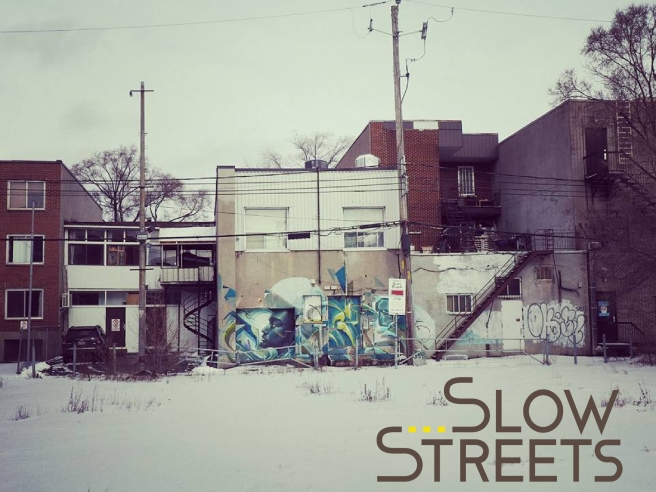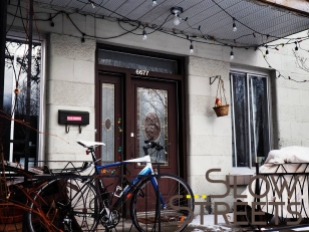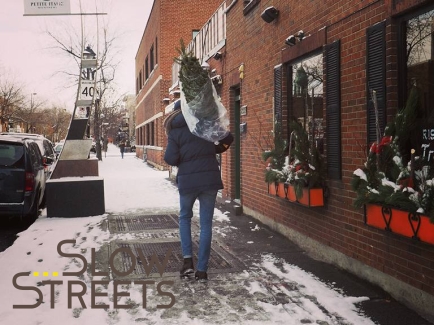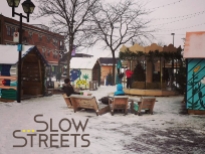After having traveled around the world, I have been repeatedly saying that Montreal exhibits the best combination of urban elements I have seen anywhere. There are only a few cities that compare and Amsterdam is one of them. What makes it this way?
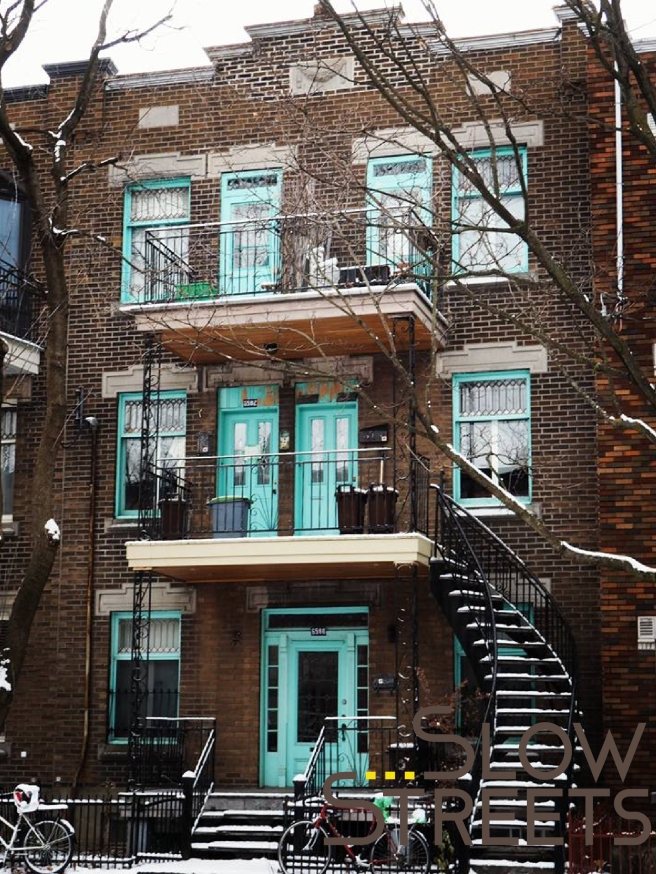
For starters buildings in the residential neigbourhoods are at most 5 storeys tall. In addition to this the buildings are built in a rowhouse fashion (a series of taller, narrower houses built right next to each other along a block with no space or gaps between buildings. These are famous in Brooklyn or Amsterdam as other examples.) These rowhouses actually make these blocks quite dense, it is the equivalent of taking the height from a 30 storey tower and spreading the density over more surface area. In the photo example above, the building is actually split into three units one each floor, and knowing this neighbouhood most likely there are 2-3 room mates per floor. The result is you get a rich palette of details for your senses while you go along your daily tasks.
Can you spot the gnome? There is an overwhelming abundance of beauty and detail when you build neighbourhoods around this hidden density.
This density is not only for looks, it also serves a very functional purpose as well. It provides convenience, by bringing your daily services and amenities closer to home or work. Whether this be a place to play with your children, a park to take a relaxing stroll through, bumping into known colleagues and having a sidewalk chat, or purchasing your everyday groceries, services or needs.
The density of people provided from this hidden density rowhousing makes all of this possible, right at your finger tips. In Little Italy there are hundreds of retail, restaurant, cafe and service stores within a 10 minute walk on 4 different retail streets and an indoor/outdoor market.
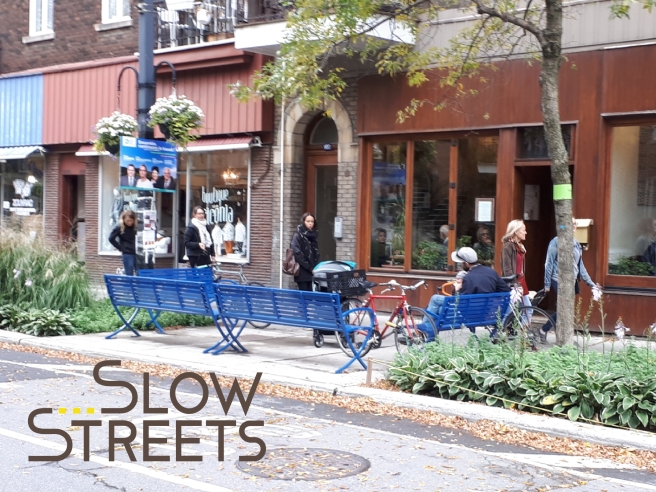
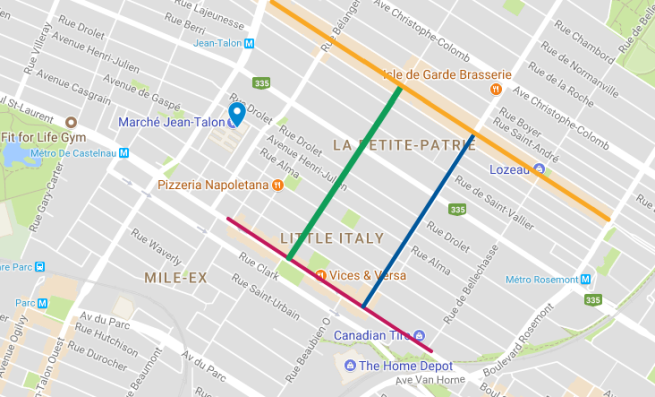
These services not only include “nice to haves” such as cafes or restaurants or bars but also include all the necessary services such as day cares, dry cleaning, phone stores, pharmacies, churches, societies, printing, repair supplies (such as the corner store sized Rona pictured below).

Montreal is also one of the first cities I have seen that readily adopts measures to temporarily transform parking or underutilized spaces into public spaces using LQC (light, quick and cost effective) materials. Further, to have this level of public investment in providing public spaces in the winters is unprecedented. The results are spectacular.
Finally the way that Montreal embraces its street art means that places that often do not “deserve” any attractions end up having some color and vibrancy splashed even in the oddest of places adding a bit of whimsy.
